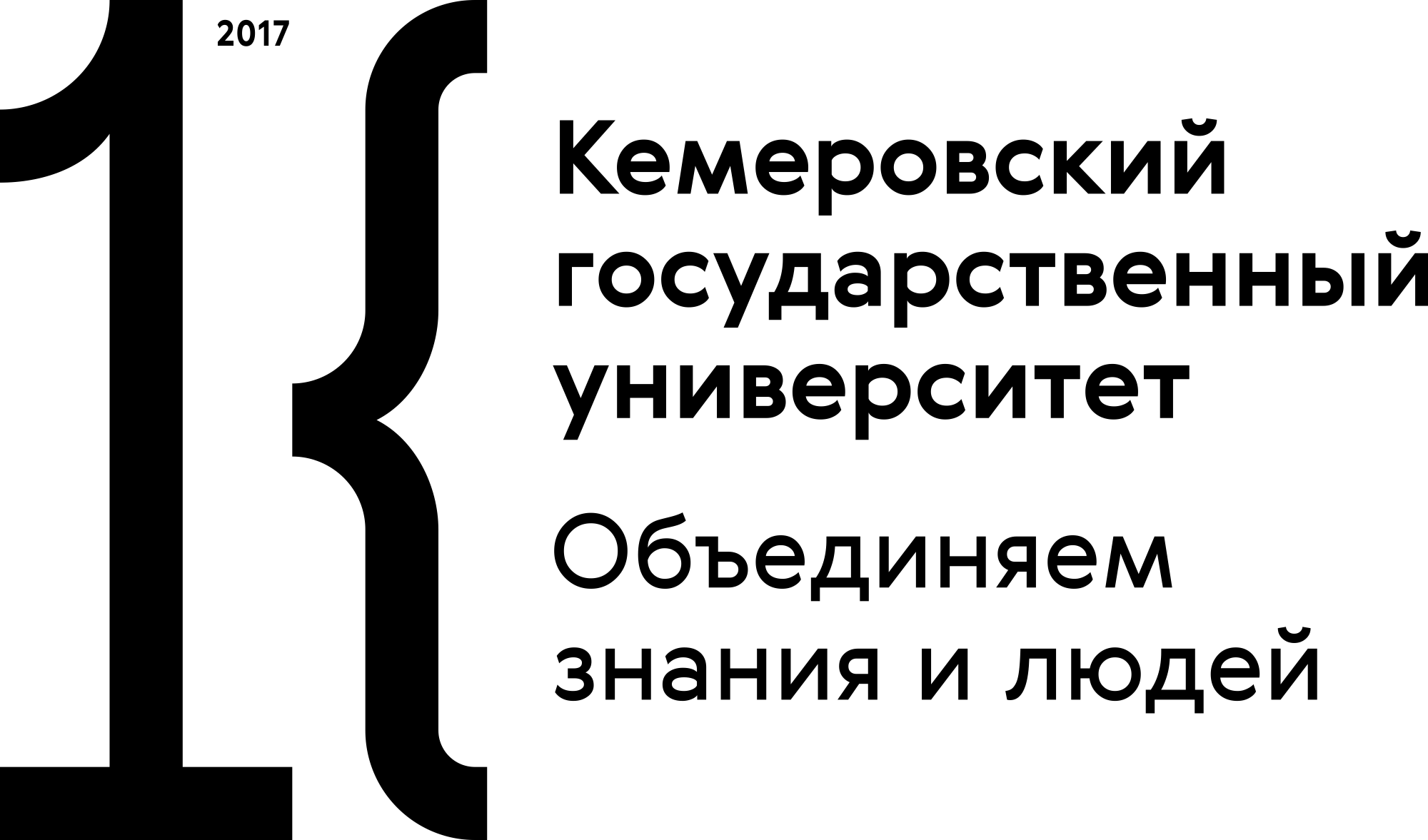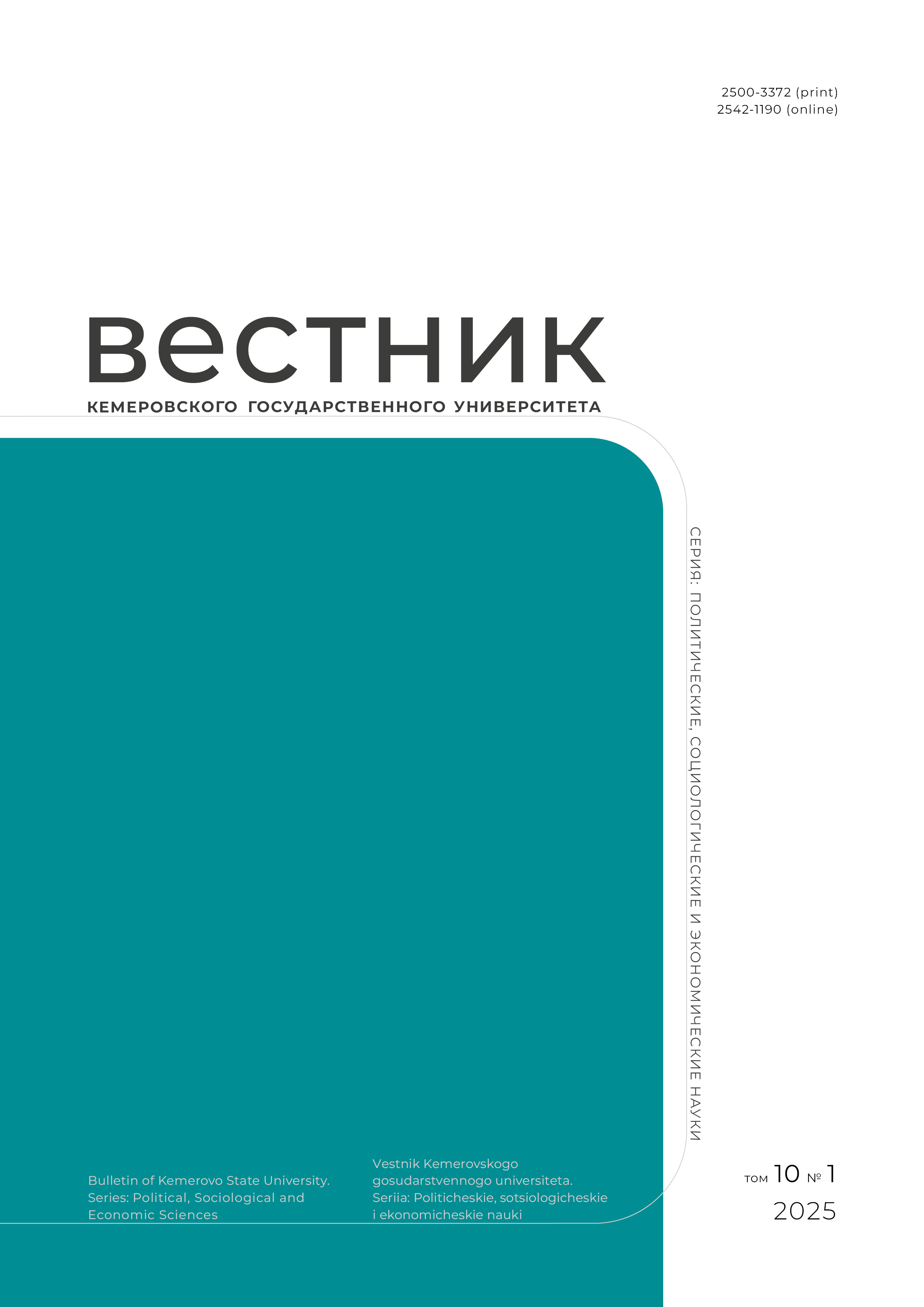Kemerovo, Kemerovo, Russian Federation
UDC 33
The research features the financial condition of industrial enterprises of the Kemerovo region. The research objective was to determine the main characteristics of the financial condition of the local industrial enterprises, taking into account the methodological limitations of external financial analysis. The authors used methods of observation, logical-structural analysis, comparative analysis, correlation and regression analysis, methods of external financial analysis, and system-structural approach. The approach allowed the authors to identify the main regularities of the development of the financial condition of the local industrial enterprises. The differences in the financial position were compared with other regions of the Russian Federation. The paper introduces new ideas about the factors determining the financial state of the industry. It contains a list of conditions and measures that contribute to improving the financial condition of the local industrial enterprises and assess their mid-term prospects. The results can be used by the authorities and management to develop strategic planning documents. The research can help large integrated industry companies to justify their decisions on the distribution of funds in holding companies. The financial condition of the industry in the Kemerovo Region proved to be slightly worse than average, which is explained by the structure of the economy and other macroeconomic variables. The control actions of the subfederal level cannot fully improve the situation.
profitability, liquidity, financial stability, business activity, non-current assets, comparative analysis
1. Bavykina E. M., Baranova I. V. Modification of the traditional model of financial condition analysis of organization in conditions of economic instability. Sibirskaia finansovaia shkola, 2018, (3): 101-107. (In Russ.)
2. Burlakova O. V., Gladkova A. N. Current state of financial stability of the organizations of the baking industry. Ekonomika sel'skokhoziaistvennykh i pererabatyvaiushchikh predpriiatii, 2016, (11): 47-54. (In Russ.)
3. Endovitskii D. A., Lyubushin N. P., Babicheva N. E., Kupryushina O. M. From the assessment of organizations financial standing to the integrated methodology for analysis of sustainable development. Economic Analysis: Theory and Practice, 2016, (12): 42-65. (In Russ.)
4. Krasyukova I. V. Development of the technique of the analysis of the financial condition of the enterprises taking into account specifics of branch industry (at the example of the enterprises of mechanical engineering industry). Vestnik Universiteta (Gosudarstvennyi universitet upravleniia), 2016, (1): 155-160. (In Russ.)
5. Malyshenko V. A. Duality of target function of preliminary stage of strategic analysis of financial state of enterprise. Vestnik Novosibirskogo gosudarstvennogo universiteta ekonomiki i upravleniia, 2016, (3): 169-186. (In Russ.)
6. Sizykh N. V., Sizykh D. S. The specificity and advantages of using illustrative balance sheet models to analyze corporate financial position. Financial analytics: science and experience, 2015, (16): 27-44. (In Russ.)
7. Usanov A. Yu. Methods of economic analysis used to assess the financial condition of the company. Upravlencheskii uchet, 2015, (5): 61-66. (In Russ.)
8. Shestakova E. V. Express-method of analyzing of the financial status of the company. Finansovyi menedzhment, 2016, (5): 16-27. (In Russ.)
9. Kuzmina E. V., Melnikova E. V., Melnikov A. S., Merzlikina G. S., Minaeva O. A., Oleinik O. S., Trunina V. F., Fadeeva E. A. Industrial development of the region, ed. Merzlikina G. S. Volgograd: VolgGTU, 2016, 160. (In Russ.)
10. Berezikov S. A., Goriachevskaia E. S., Zharov V. S., Kozlov A. A., Tsukerman V. A. Innovative industrial development of the Arctic regions of the mineral resource orientation, ed. Tsukerman V. A. Apatity: Kolskii nauchnyi tsentr RAN, 2017, 127. (In Russ.)
11. Korchagina I. V., Korchagin R. L., Rogova K. V. Trends of innovative activity and technological business in the traditional industrial region. Sovremennaia nauka: aktual'nye problemy teorii i praktiki. Seriia: Ekonomika i pravo, 2017, (9): 8-13. (In Russ.)
12. Myslyakova Yu. G. Influence of higher education institutions on acceleration of industrial development of the ecjnjmy of an old industrial region. Zhurnal ekonomicheskoi teorii, 2018, 15(1): 76-83. (In Russ.)
13. Raevskii S. V., Isachenko Yu. I. Specifics of growth points’ formation in an industrial region. Regional Economics: Theory and Practice, 2015, (3): 2-14. (In Russ.)
14. Balaganskaya E. N., Denisov M. S., Kolichanov D. A. Regional aspects of export potential development (by the example of the Kemerovo region). Vestnik Altaiskoi akademii ekonomiki i prava, 2016, (2): 108-113. (In Russ.)
15. Kochergin D. G. Tendencies of knowledge-based regional development in Russia (example Kemerovo region). Vestnik Kemerovskogo gosudarstvennogo universiteta. Seriia: Politicheskie, sotsiologicheskie i ekonomicheskie nauki, 2018, (1): 111-116. (In Russ.)
16. Morozova E. A. Training of the university-educated personnel for the regional economy: expert opinion of the executives of Kemerovo Region universities. Russian Journal of Management, 2015, 3(2): 191-198. (In Russ.)
17. Prosekov A. Yu., Fedulova E. A., Kononova S. A., Rada A. O., Alabina T. A. Kemerovo region: old problems and new future. EKO, 2018, (11): 47-62. (In Russ.)
18. Sablin V. G. Improving the competitiveness of the region in modern conditions (on the example of the Kemerovo region). Ekonomika i predprinimatelstvo, 2015, (6-2): 259-262. (In Russ.)
19. Lubkova E. M., Kudrevatykh N. V., Sheveleva O. B., Mamzina T. F., Kiselev A. B., Slesarenko E. V., Zonova O. V., Kumaneeva M. K., Kalashnikova E. A. Economic security of the Kemerovo region: practical aspects. Moscow: Professor, 2015, 236. (In Russ.)
20. Melnikov S., Samsonov N., Semykina I. Pyramidal economy. Ekspert Sibir, 2012, (33): 18-26. (In Russ.)
21. Lavrovskii B. L., Novikov N. I., Poyapolskii D. V. The role of industry in filling the budget of the region (on the example of steel Kemerovo oblast). Voprosy upravleniia, 2012, (1): 121-126. (In Russ.)
22. Fedulova E. A., Kononova S. A., Vakutin N. A. Agricultural sector of the Kemerovo region: modern condition and prospects of development. Vestnik Kemerovskogo gosudarstvennogo universiteta. Seriia: Politicheskie, sotsiologicheskie i ekonomicheskie nauki, 2017, (2): 65-71. (In Russ.)
23. Kornai J. The soft budget constraint: An introductory study to Volume IV of the life’s work series. Acta Oeconomica, 2014, 64(S1): 25-79.
24. Pirogova O. E. Problems of accounts payable in the capital structure of trade enterprise in the evaluation of the cost of growth. Izvestiia Sankt-Peterburgskogo gosudarstvennogo ekonomicheskogo universiteta, 2014, (6): 42-47. (In Russ.)
25. Bazhanov V. A., Sokolov A. V. Manufacturing productions of Siberia: state, problems, forecasts. Economy of Siberia in the context of global challenges of the 21st century. Novosibirsk: IEOPP SO RAN, 2018, 10-20. (In Russ.)
26. Fridman Yu. A., Rechko G. N., Pimonov A. G. Competitiveness of a region under the innovative economic development. Region: ekonomika i sotsiologiia, 2016, (4): 218-236. (In Russ.)

















